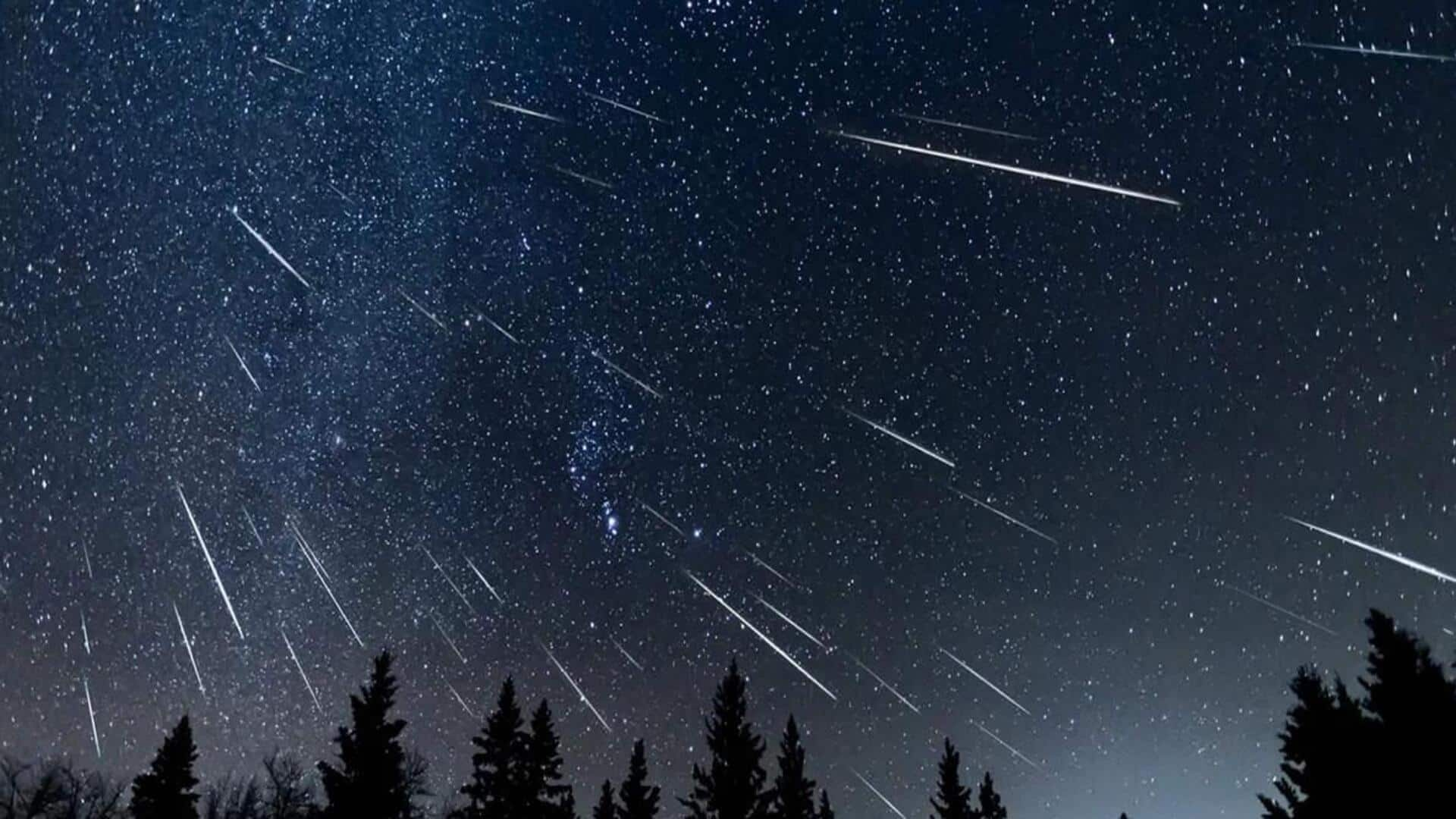
Leonids meteor shower peaks next week: How to watch
What's the story
The Leonids meteor shower, one of the most famous annual celestial events, is set to peak next week. The shower is known for its spectacular displays and originates from a point near the Leo constellation. The best time to observe this year's display will be before dawn on Tuesday, November 18.
Past events
Historical significance and expectations for the Leonids meteor shower
The Leonids meteor shower has a rich history of producing some of the most spectacular meteor displays in astronomy. Major meteor storms were seen in 1799, 1833, and 1966 with rates of tens of thousands per hour. However, these extreme events led many stargazers to believe that such celestial fireworks could be expected every year from the Leonids. This year, experts predict peak activity of about 15 meteors per hour during a specific time frame on November 17-18.
Comet influence
The origin and trajectory of the Leonids meteor shower
The Leonids meteor shower is caused by periodic comet Tempel-Tuttle, which passes through the inner solar system every 33 years. This comet leaves a "river of rubble" in its wake, a dense trail of dusty debris. A meteor storm can only occur if Earth hits a fresh dust trail ejected by the comet over centuries. However, this year, only low activity is expected due to a scattering of particles along Tempel-Tuttle's orbit where Earth will pass on next week.
Viewing tips
Viewing conditions and future predictions for the Leonids
The best viewing time will be before dawn on November 18. The Moon will not interfere as it will be just a couple of days from new. However, viewers should note that Leonids are expected to appear every 6-12 minutes on average. This is assuming an unobstructed view of the entire sky and dark, non-light polluted conditions. As Comet Tempel-Tuttle approaches the Sun, Leonids are expected to improve with peak years coming in 2034-35 when hourly rates could reach hundreds.